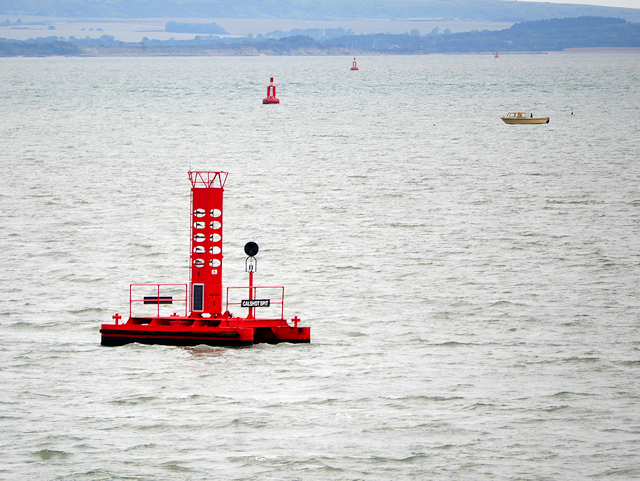
August 7, 2023
Pavle Ignjatović
How is weather predicted?
How many times have you checked what the weather will be like on your phone, TV or radio in your car but never actually understood how someone knows that? You are not alone, and we will make sure you understand that at the end of this article.
In addition to these, national meteorological agencies get data from planes, since they are already in the sky. Every aircraft is equipped with systems able to provide pilots with weather information necessary for a safe flight, so the World Meteorological Organisation has set up the Aircraft Meteorological Data Relay system which collects that information and includes it in Organisation's computer models.

Launching weather balloon. Credits: https://bordmeldungen.de/2018/07/15/yopp/
Even though many needed measurements can be done using various systems, some of them need to be executed manually. For example, precipitation is measured by volunteers, who report data back to agencies. During severe storms, individuals drive through them driving cars equipped with sensors for measuring their intensity and trajectory.
Oceans play a huge role in determining the weather, so monitoring them is of great importance. That is why buoys are stationed in all parts of Earth's oceans, sometimes thousands of kilometres from the nearest land.

Weather buoys. Credits: https://www.geograph.org.uk/photo/5051186
World Meteorological Organisation
Weather is global, so no country can predict its weather independently. That is why the World Meteorological Organisation exists. This United Nations agency has many goals, the most important of which is enabling efficient cooperation among its members. Data-sharing is mandatory for each of them, regardless of geopolitical status, meaning forecasts are accurate in all parts of the world.
World Meteorological Organisation. Credits: https://creazilla.com/nodes/3489977-flag-of-the-world-meteorological-organization-clipart?tag_id=18910489
Now you know what is needed in order for you to have an up-to-date weather forecast each time you want to know what to wear.